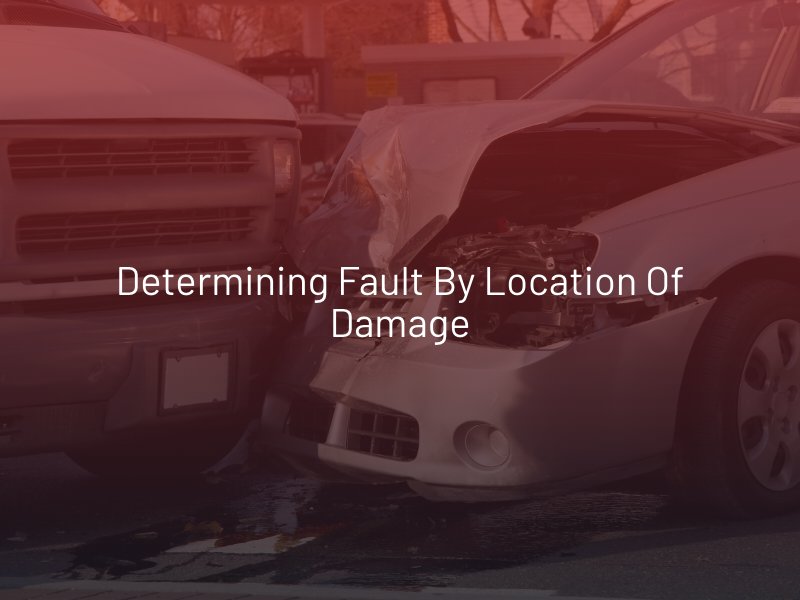Determining Fault By Location of Damage
Determining fault in a car accident is a complex task, often involving multiple factors such as eyewitness accounts, police reports, and physical evidence.
One of the most critical pieces of physical evidence is the location of the damage to the vehicles involved. This damage can help reconstruct the events leading to the collision and, therefore, help identify who was at fault and how your Las Vegas accident attorney can help recover compensation on your behalf. Here is how.

Point of Impact
The location of the damage on a vehicle can indicate the point of impact, revealing the direction in which the vehicles were moving. For example, damage to the front of one car and the side of another may suggest that the former was behind the latter, possibly implicating the driver of the first car.
Severity and Spread of Damage
The spread and severity of the damage can also help in determining the speed at which the vehicles were traveling. A broad stretch of damage may indicate a high-speed collision, which might imply reckless driving. In contrast, minimal damage might suggest lower speeds and possibly a different fault scenario.
Scrape Marks and Scratches
Scratches and scrape marks can provide insights into the dynamics of the collision. For instance, long scratch marks may indicate that one vehicle was sideswiped by the other, helping to determine which driver was in the wrong lane.
Damage to Surrounding Area
In some cases, damage to the surrounding environment, such as fences, signposts, or other stationary objects, can provide additional clues. This might help in understanding whether a driver lost control and left their lane or if they were forced off the road by another vehicle.
Compatibility with Witness Statements
The physical damage is analyzed with other evidence, such as witness statements and surveillance footage. If the damage aligns with the drivers’ or witnesses’ accounts, it strengthens the case for determining fault. Any inconsistencies will be carefully examined, as they may suggest that a driver is not providing an accurate statement.
Accident Reconstruction
Experts can often analyze the damage to the vehicles along with other evidence to create a detailed reconstruction of the accident. Their professional insight into how vehicles behave during collisions can provide a highly accurate picture of what occurred, helping to establish liability definitively.
Can the Location of Damage Alone Prove Fault?
While the location of damage can provide crucial information and be a significant factor in determining fault, it is not foolproof. Relying solely on vehicle damage might not meet the legal standard for establishing liability, especially if other evidence contradicts the interpretation of the damage. Car accidents are often the result of a combination of factors, including driver behavior, road conditions, weather, vehicle maintenance, and more. Damage to the vehicles can provide insight into some of these factors, but not all.
Without a comprehensive understanding of the circumstances surrounding the accident, damage can be misinterpreted. In addition, two accidents with similar damage might have entirely different causes and fault attributions.
As a result, physical damage must be considered, along with other evidence like eyewitness accounts, police reports, surveillance footage, and more. These elements combined create a more accurate and complete picture of the events leading up to the accident.